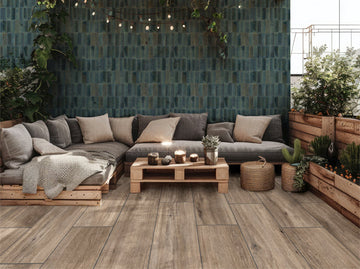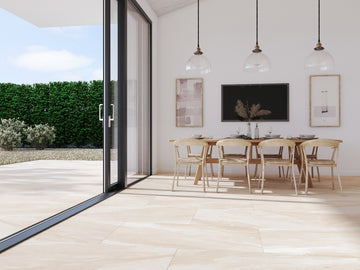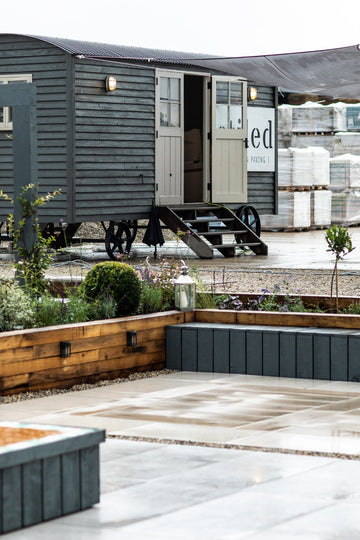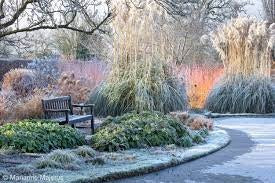News
Landscaping Mistakes: Avoid These 15 Common Issues To Create Your Best Garden
by Sally Littlestone on Mar 20, 2023
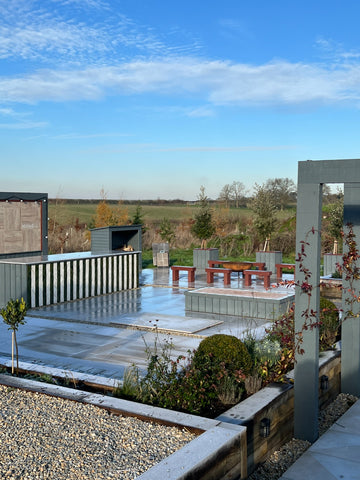
When it comes to landscaping, it's easy to get carried away with design ideas and forget about the practicalities. But neglecting key factors can lead to costly mistakes, spoiling your garden's aesthetic and function. Whether you're designing a new garden or revamping an old one, here are 15 common landscaping mistakes to avoid.

Ignoring The Climate
One of the biggest landscaping mistakes gardeners make is planting without considering the climate. Certain plants require specific temperatures, rainfall, and soil conditions to thrive. Be sure to research which plants will flourish in your region and design your garden around them.

Rain Garden from Better Homes & Gardens
Not Planning For Maintenance
Gardens require maintenance, and failing to plan for it can lead to a lot of headaches down the line. Make sure to include easy access to garden beds and outdoor storage space for tools and equipment.
Overcrowding Plants
While it may be tempting to pack in as many plants as possible, overcrowding can lead to poor growth and disease. Instead, space out plants according to their needs and leave room for them to mature.
Ignoring Hardscaping
A well-designed garden needs a balance of both softscape (plants) and hardscape (patios, paths, walls, etc.). Neglecting hardscaping can make your garden look unfinished and can also make it difficult to move around.

Stiled Harbury Grey Wood Effect Outdoor Porcelain Tiles
Not Considering The View
When planning a garden, it's important to consider what you'll be looking at from different angles. Take the time to think about the sightlines from your house, patio, and other areas to create an appealing view from all angles.
Ignoring The Soil
Soil is the foundation of a healthy garden, so it's important to get it right. Test your soil's pH levels and nutrient content before planting and amend it if necessary. Adding compost and other organic matter can help improve soil health.

Planting Invasive Species
Invasive plants can quickly take over a garden and even spread to neighboring yards. Avoid planting known invasive species in your garden and instead opt for native plants that support local ecosystems.
Not Providing Adequate Drainage
Poor drainage can lead to a host of problems, including root rot, soil erosion, and standing water. Be sure to design your garden with proper drainage in mind, using techniques like grading, French drains, and permeable paving.
Neglecting Lighting
Outdoor lighting not only adds ambiance to a garden but also provides safety and security. Plan for lighting early in the design process and consider using a mix of overhead, landscape, and accent lighting.

Not Incorporating Seating
A garden isn't just for looking at; it's also a place to relax and enjoy. Incorporate seating options like benches, chairs, or even a hammock to make the most of your outdoor space.

Stiled Shawford Cool Stones - Outdoor Porcelain Tiles
Planting Too Close To The House
While it may be tempting to plant right up against your home's foundation, doing so can lead to problems. Plant roots can cause damage to your home's structure and moisture from watering can lead to mold growth. Instead, leave a gap of at least a few feet between plants and the house.
Forgetting About Irrigation
Plants need water to survive, and failing to plan for irrigation can lead to uneven growth and even plant death. Consider using a combination of sprinklers, drip irrigation, and soaker hoses to ensure all plants get the water they need.

Not Accounting For Growth
When choosing plants, be sure to consider their mature size and growth habits. A small plant may look great when first planted, but it can quickly outgrow its space and become a nuisance.
Ignoring Colour And Texture
Designing a garden isn't just about choosing plants that look good together; it's also important to consider colour and texture. Mixing plants with different leaf shapes, textures, and colours can create a dynamic and visually interesting garden.
Focusing Too Much On Trends
While it can be tempting to follow the latest garden trends, it's important to remember that they may not be practical or sustainable for your specific garden. Instead, focus on creating a timeless and functional design that will last for years to come.
Landscaping Mistakes Conclusion
In conclusion, landscaping mistakes can easily be avoided by taking the time to plan ahead and consider all aspects of your garden. By avoiding these 15 common issues, you'll be well on your way to creating your best garden yet. Remember to incorporate hardscaping, consider the climate and soil, plan for maintenance and irrigation, and balance your design with color, texture, and seating options. With a little planning and patience, you'll have a garden that you can enjoy for years to come.
If you like this post, then you'll also like
Related Articles


